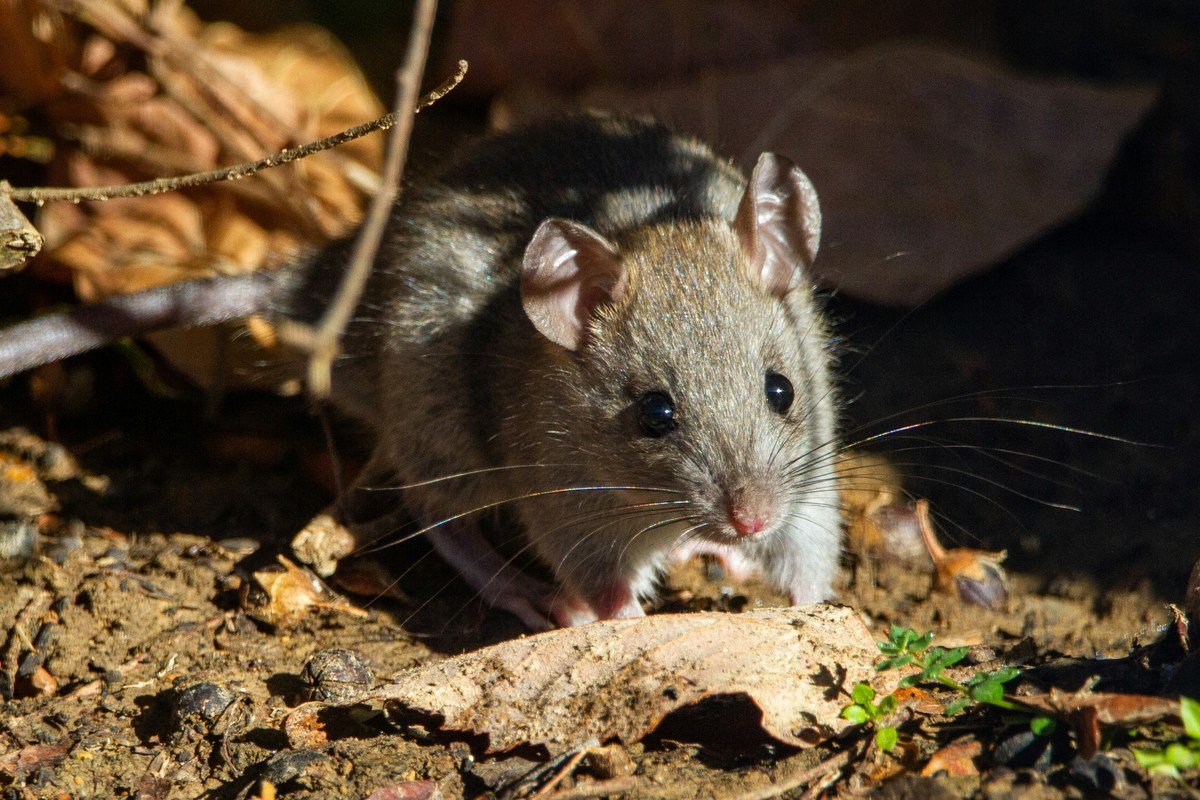6 Places Rats Hide in Your Home

Rats are not only a nuisance but can also be dangerous household pests that can cause major problems if left uncontrolled. However, getting rid of rats can be a challenging task. This is partly because they are intelligent creatures that are very good at staying hidden. Fortunately, knowing their most popular hideouts will enable you to take steps to make it difficult for them to hide. Below are six common hiding places for rats in your home.
Attics
Oftentimes, attics tend to be full of junk and generally undisturbed by human presence. Similarly, the spaces are relatively dry, dark, and warm. As such, rats find attics safe and comfortable, making them the perfect place for the rodents to hide and establish a home.
Basements and Crawlspaces
The basement is likely the first place many rodents will visit when they invade a property. Due to its location, this part of your home is easy to reach, warm, and offers plenty of dark hiding spots. Also, rats may be attracted to your basement if you use it as a storage space for food supplies.
Walls and Ceilings
Rats are innately good climbers and can climb any surface that has texture. As such, the vermin can easily climb and hide in walls and ceilings. Cracks, holes, and gaps in your walls and roof may serve as an access route.
Drains and Sewers
When food gets scarce, rats will naturally set out looking for other food sources. Drain pipes offer the rodents food, water, and shelter, three things they need to breed and thrive. Also, since rats are excellent swimmers, they can use the main sewer and drain pipes to gain access to your property in search of food.
Around the Kitchen
Food plays a major role in attracting pests. When food is scarce and the rodents are hungry, they will readily enter and seek shelter in your kitchen. Areas around the kitchen where these pests can hide include behind and under appliances, behind cabinets, under the sink, and in the garbage can.
Garages
Garages have openings through which rats can travel back and forth. The pests love to hide here because it is usually dark, there is enough clutter for them to hide in, and there could be available food sources.
Signs of a Rat Infestation
Oftentimes, rats will make nests as a place to hide and sleep. Rat nests are usually messy ball-shaped structures or heaps of materials in their hideouts. Common materials that rats make their nests out of include cotton, paper, insulation, fabric, and organic matter. If you find a rat's nest in your home, you may have a rodent problem.
Other warning signs include:
- Rodent droppings
- Gnaw and bite marks
- Foul odors
- Scratching sounds
- Foot and tail marks
The best way to deal with pests is to prevent them from entering your home. At Critter Guard, our pest and wildlife control products are designed to help prevent rats from accessing your roof, attic, and home. For more information about our products, feel free to contact us today.
- Choosing a selection results in a full page refresh.


